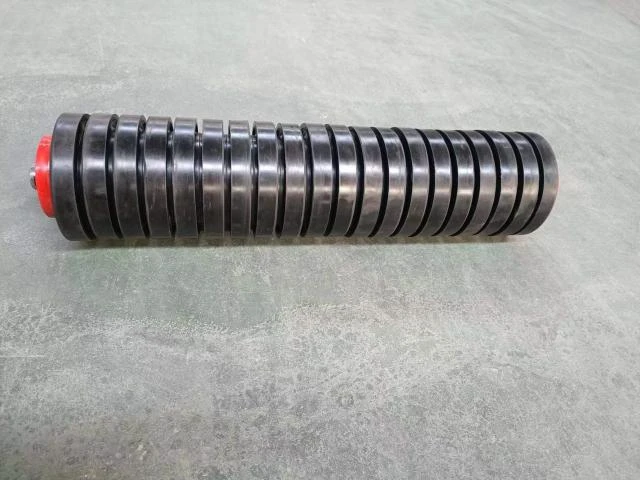 Afrikaans
Afrikaans  Albanian
Albanian  Amharic
Amharic  Arabic
Arabic  Armenian
Armenian  Azerbaijani
Azerbaijani  Basque
Basque  Belarusian
Belarusian  Bengali
Bengali  Bosnian
Bosnian  Bulgarian
Bulgarian  Catalan
Catalan  Cebuano
Cebuano  Corsican
Corsican  Croatian
Croatian  Czech
Czech  Danish
Danish  Dutch
Dutch  English
English  Esperanto
Esperanto  Estonian
Estonian  Finnish
Finnish  French
French  Frisian
Frisian  Galician
Galician  Georgian
Georgian  German
German  Greek
Greek  Gujarati
Gujarati  Haitian Creole
Haitian Creole  hausa
hausa  hawaiian
hawaiian  Hebrew
Hebrew  Hindi
Hindi  Miao
Miao  Hungarian
Hungarian  Icelandic
Icelandic  igbo
igbo  Indonesian
Indonesian  irish
irish  Italian
Italian  Japanese
Japanese  Javanese
Javanese  Kannada
Kannada  kazakh
kazakh  Khmer
Khmer  Rwandese
Rwandese  Korean
Korean  Kurdish
Kurdish  Kyrgyz
Kyrgyz  Lao
Lao  Latin
Latin  Latvian
Latvian  Lithuanian
Lithuanian  Luxembourgish
Luxembourgish  Macedonian
Macedonian  Malgashi
Malgashi  Malay
Malay  Malayalam
Malayalam  Maltese
Maltese  Maori
Maori  Marathi
Marathi  Mongolian
Mongolian  Myanmar
Myanmar  Nepali
Nepali  Norwegian
Norwegian  Norwegian
Norwegian  Occitan
Occitan  Pashto
Pashto  Persian
Persian  Polish
Polish  Portuguese
Portuguese  Punjabi
Punjabi  Romanian
Romanian  Russian
Russian  Samoan
Samoan  Scottish Gaelic
Scottish Gaelic  Serbian
Serbian  Sesotho
Sesotho  Shona
Shona  Sindhi
Sindhi  Sinhala
Sinhala  Slovak
Slovak  Slovenian
Slovenian  Somali
Somali  Spanish
Spanish  Sundanese
Sundanese  Swahili
Swahili  Swedish
Swedish  Tagalog
Tagalog  Tajik
Tajik  Tamil
Tamil  Tatar
Tatar  Telugu
Telugu  Thai
Thai  Turkish
Turkish  Turkmen
Turkmen  Ukrainian
Ukrainian  Urdu
Urdu  Uighur
Uighur  Uzbek
Uzbek  Vietnamese
Vietnamese  Welsh
Welsh  Bantu
Bantu  Yiddish
Yiddish  Yoruba
Yoruba  Zulu
Zulu conveyor guide roller
Understanding Conveyor Guide Rollers An Essential Component in Material Handling
Conveyor systems are integral to various industries, facilitating the efficient movement of materials and products. Among the vital components of these systems are conveyor guide rollers. These simple yet essential mechanical devices play a significant role in ensuring the smooth operation and longevity of conveyor systems.
What are Conveyor Guide Rollers?
Conveyor guide rollers are cylindrical components that support the moving parts of conveyor systems, primarily the conveyor belts. They serve as a guiding mechanism to keep the belt aligned during operation, thereby preventing misalignment and potential damage. These rollers are usually mounted on the frame of the conveyor system and are positioned strategically along the path of the belt.
Importance of Conveyor Guide Rollers
The primary function of conveyor guide rollers is to maintain belt alignment
. A misaligned belt can lead to several issues, including increased wear and tear, reduced efficiency, and, ultimately, costly downtimes. When the belt strays from its intended path, it can cause friction against the conveyor frame, leading to premature failure of both the belt and the system itself.Moreover, guide rollers help reduce the friction between the conveyor belt and the frame, facilitating smoother operation. This friction reduction results in lower energy consumption, which is crucial for industries that prioritize efficiency and cost-effectiveness. Additionally, maintaining proper alignment of the conveyor belt ensures a consistent and reliable flow of materials, which is essential for meeting production targets.
conveyor guide roller

Types of Guide Rollers
There are various types of conveyor guide rollers designed to meet specific application needs. Fixed guide rollers are the most common, providing steadfast support and guidance. However, adjustable guide rollers are also available, allowing for fine-tuning of belt alignment according to operational requirements. Additionally, some guide rollers feature specialized coatings and materials to enhance their durability and performance in harsh environments.
Maintenance and Upkeep
To ensure the optimal performance of conveyor guide rollers, regular maintenance is crucial. This includes periodic inspections to check for signs of wear, misalignment, or damage. Lubrication of moving parts can also help in reducing friction and enhancing efficiency. Addressing these issues promptly can extend the lifespan of both the guide rollers and the entire conveyor system.
Conclusion
In summary, conveyor guide rollers are a fundamental component of conveyor systems that contribute significantly to operational efficiency and reliability. By ensuring proper belt alignment and reducing friction, they help organizations streamline their material handling processes. As industries continue to evolve and demand higher efficiency, the importance of these often-overlooked components cannot be overstated. Investing in quality guide rollers and maintaining them diligently can lead to improved performance and reduced operational costs in the long run.
-
Revolutionizing Conveyor Reliability with Advanced Rubber Lagging PulleysNewsJul.22,2025
-
Powering Precision and Durability with Expert Manufacturers of Conveyor ComponentsNewsJul.22,2025
-
Optimizing Conveyor Systems with Advanced Conveyor AccessoriesNewsJul.22,2025
-
Maximize Conveyor Efficiency with Quality Conveyor Idler PulleysNewsJul.22,2025
-
Future-Proof Your Conveyor System with High-Performance Polyurethane RollerNewsJul.22,2025
-
Driving Efficiency Forward with Quality Idlers and RollersNewsJul.22,2025





























